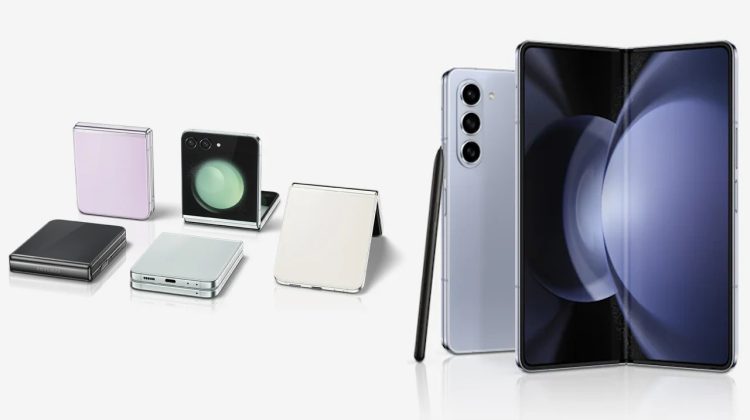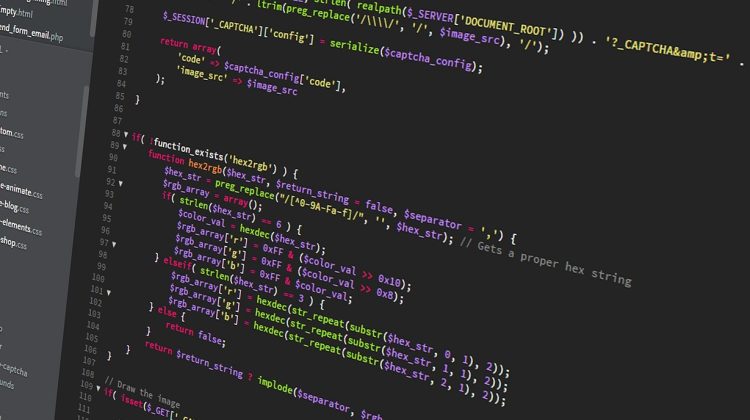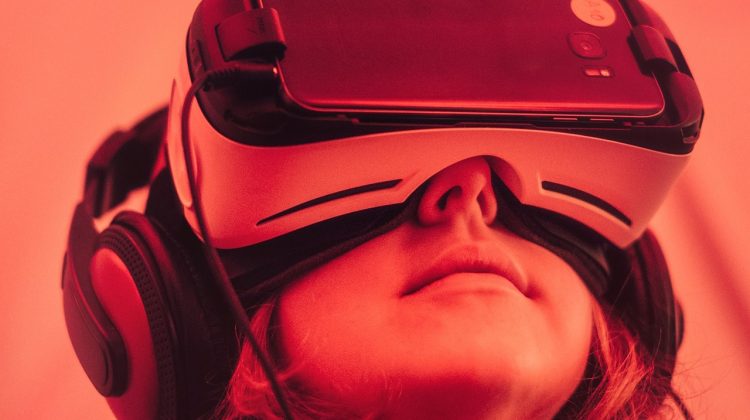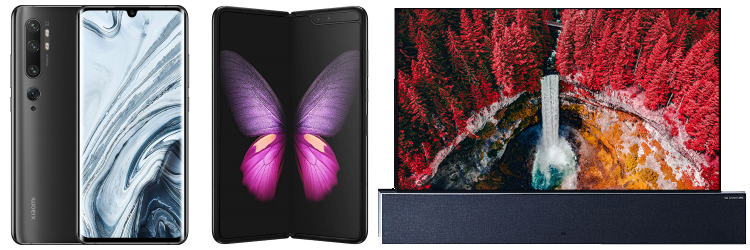Google announced the Pixel 6 and Pixel 6 Pro on October 19, 2021.
Technical Specifications
- Display: Pixel 6 6.4 “OLED, 1080 × 2400 resolution FHD +; Pixel 6 Pro 6.7” LTPO OLED, resolution 1440 × 3120 QHD +; both with Corning Gorilla Glass Victus.
- Processor: Google Tensor
- Storage memory: Pixel 6 128 or 256 GB; Pixel 6 Pro 128, 256, or 512GB
- RAM: 8 GB LPDDR5 (Pixel 6); 12 GB LPDDR5 (Pixel 6 Pro)
- Camera: Pixel 6, rear cameras (2): one with 50 MP lens sensor with f / 1.85 and one with 12 MP super wide-angle lens sensor with f / 2.2, front camera: 8 MP lens sensor with f / 2.0 and 84 ° field of view; Pixel 6 Pro, rear cameras (3): one 50 MP sensor with f / 1.85 lens, one with 12 MP super wide-angle lens sensor with f / 2.2 and one with 48 MP sensor with f / 3.5 telephoto lens, 11.1 MP front camera with f / 2.2 lenses and 94 ° field of view; Both phones: laser focus assist, optical image stabilization.
- Battery: 4614 mAh (Pixel 6); 5003 mAh (Pixel 6 Pro); both non-removable and with quick charge, wireless charge and reverse wireless charge.
- Materials: aluminum shell, water, and dust resistance according to the IP68 standard
- Colors: Pixel 6 Stormy Black, Kinda Coral, and Sorta Seafoam; Pixel 6 Pro Stormy Black, Cloudy White, and Sorta Sunny
- OS: Android 12, with a minimum of 3 years of OS support and update and 5 years of security update support.
An Overview
As for the graphics, after a few months, they have finally become coherent and consistent, paying attention to animations and various elements, now supported by the increasingly frequent adoption of Material You, Google’s new unified design language first introduced with Android 12, that, in contrast to rigid design paradigms of the past, is a design that extracts its colors from the wallpaper, the first thing people change when they get a new phone and the part of your phone that mostly reflects your personal taste and over which you have the most control.
On the Pixel 6 Pro, there is also the haptic feedback which is outstanding. Most people certainly know the feeling of vibration in a mobile phone or the rumble in a game controller, but haptic feedback is much more than that. Gradually with the updates, Google has refined the way in which the integrated vibration motor is exploited. Each touch, swipe, double-tap, and unlock corresponds to a different and “physical” feedback. It is as if the experience of interaction acquired a dimension, that of physicality. A swipe looks like a natural movement of that card, a tap on the keyboard corresponds to the sensation of pressing the keys, and animations are always underlined by a very light drag.
Let’s also add the system sounds that are overall pleasant and the theme mechanism that for some time has been applied to more and more third-party apps, giving a graphic coherence to the whole system that, with Android, was far from obvious.
And let’s not forget the performance, which is always solid thanks to the Tensor, Google’s first custom-built chip, all in all, an SoC that has proven to live up to expectations and that does not fear comparisons with the alternatives of Qualcomm, Samsung, and Apple, at least in terms of the daily usability. On Tensor Google has done its utmost to ensure the user the security and serenity necessary for the use of banking apps, management of crypto wallets, or trivially for payments.









No Comment